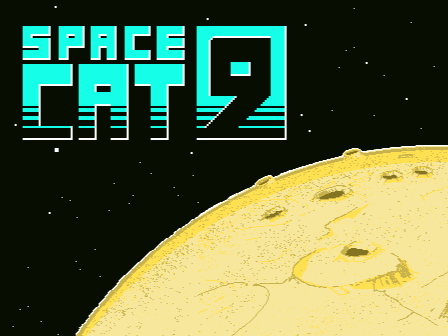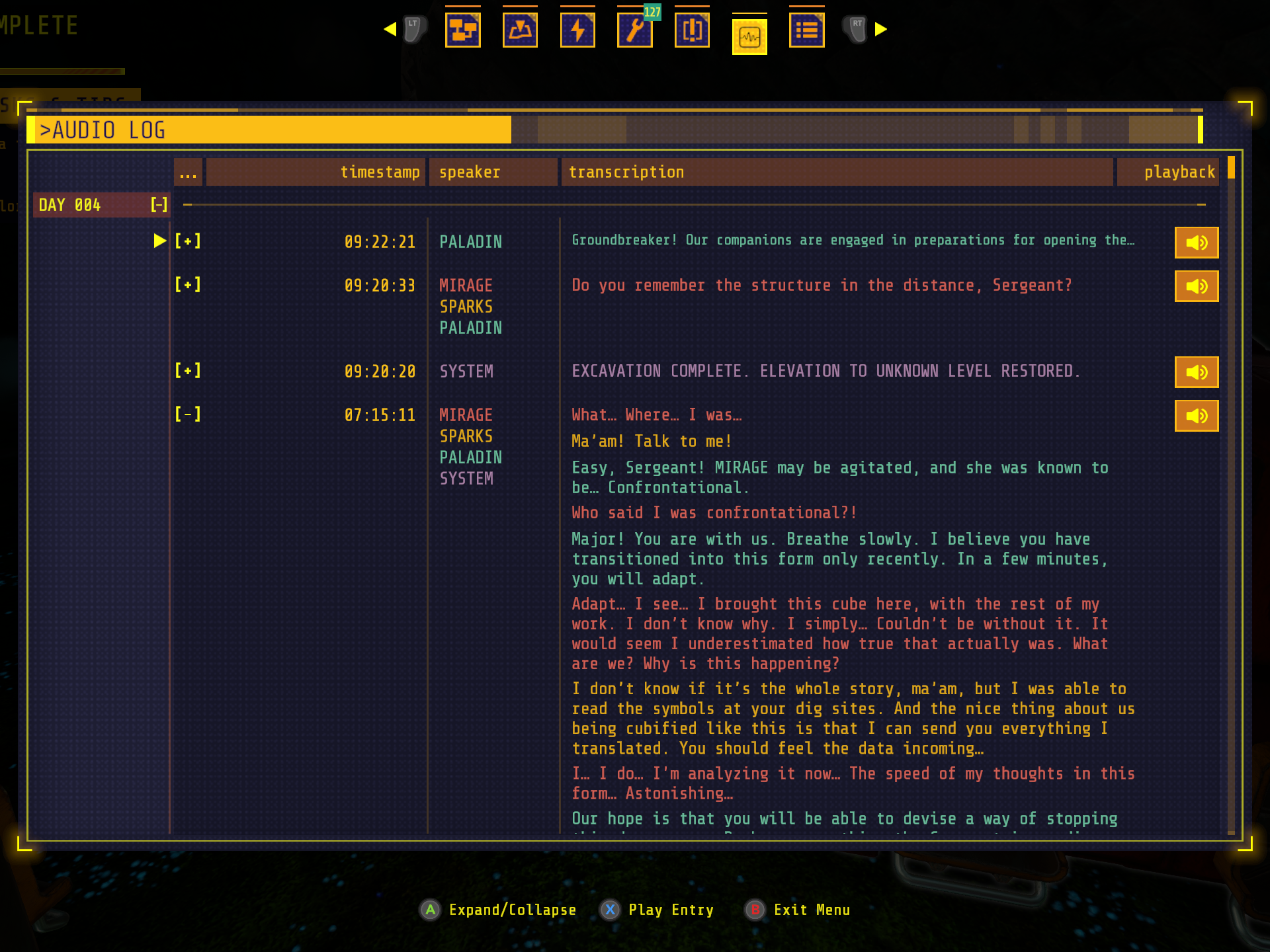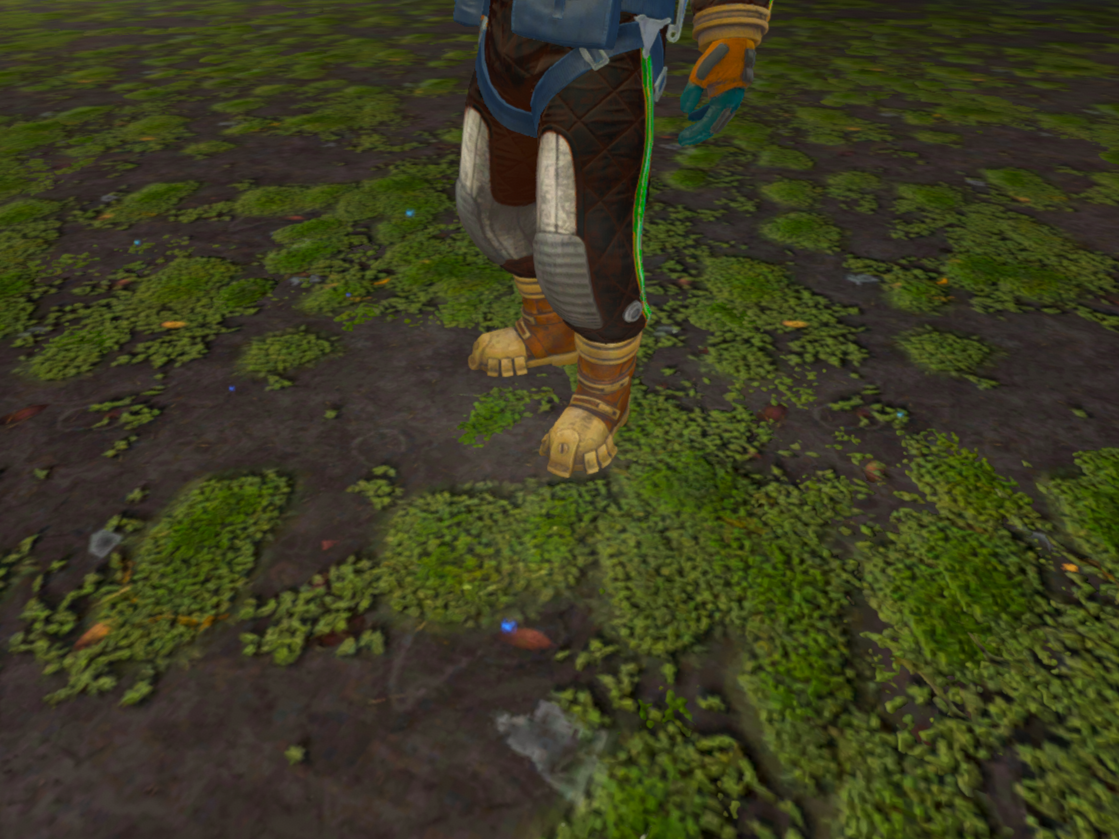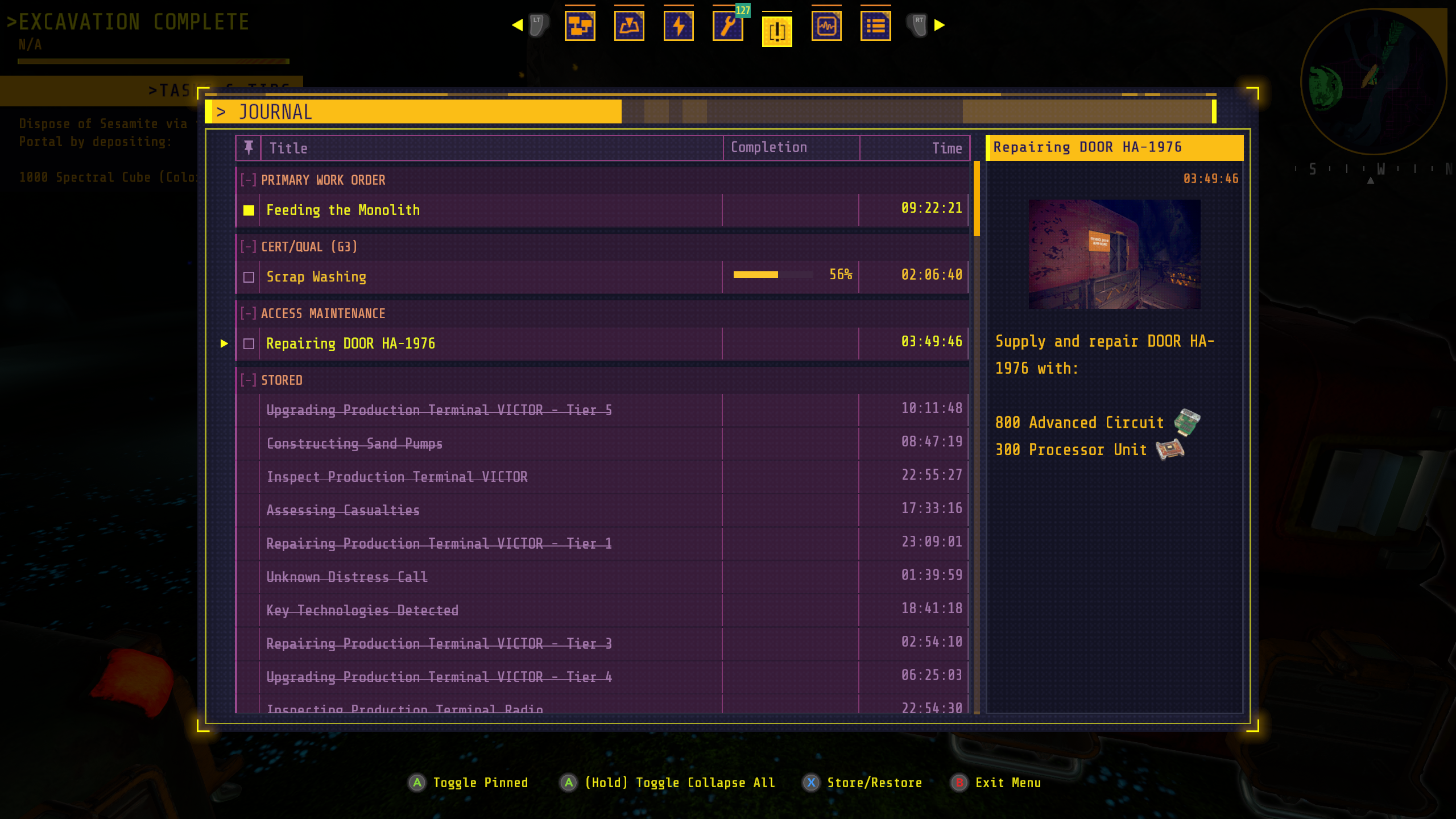In a game built on a voxel-based terrain system with rounded terrain edges, we wanted player traversal to feel fluid and intuitive. However, players often found themselves getting stuck under terrain curves that looked like they should be passable especially when those curves weren’t visible from the camera’s eye level.
I implemented a seamless auto-crouching system to resolve this issue, making movement across the terrain feel natural and responsive without forcing players to manually crouch and uncrouch.
The Problem
- Voxel terrain had organic, curved geometry that invited exploration but could still trap players under subtle overhangs.
- Some overhangs weren’t clearly visible, making collisions feel unfair.
- Players expected to slip under curves or structures they visually should fit beneath, but the default capsule collision blocked them.
- Manual crouching didn’t solve the core issue of unpredictability during fast traversal.
The Solution: Predictive, Seamless Auto-Crouch
I designed and implemented an automatic crouch system that dynamically adjusted the player’s collider and camera height based on the terrain around and ahead of them.
Key Features
- Predictive Movement Checking used the player’s input and horizontal velocity to calculate their predicted next-frame position for accurate collision checks.
- Sphere Casting for Ceiling Detection from the base of the capsule collider (representing the player’s feet), I cast a SphereCast upward to simulate the rounded top of the player’s capsule and detect any overhanging geometry.
- Dynamic Height Adjustment on detecting a collision by calculating the distance to the ceiling and adjusting the player’s collider height and camera height proportionally to simulate a crouch.
- Ground-Proximity Safety Checks if the lower end of the capsule would clip into the ground during a crouch. The system began shrinking the collider height instead of repositioning it which prevented physics overlap issues with Unity’s collision system.
- Bi-directional Responsiveness which lowered the player smoothly when crouch was required and returned the player to full height once the overhead space cleared while maintaining visual and physical continuity.
The Result
- No more getting stuck under shallow curves or ceilings
- Made the world feel more responsive and alive to player movement
- Delivered a “just works” experience players never had to think about crouching
- Supported fast traversal, exploration, and verticality across factories and voxel environments
Why It Matters
This system is a great example of technical design meeting player expectations. Instead of breaking immersion with clunky manual crouch toggles, it offered a fluid and invisible solution grounded in physics, collision logic, and camera dynamics.
It also required careful coordination between:
- Physics systems
- Camera behavior
- Character controller states
- UI/UX feel of player movement






